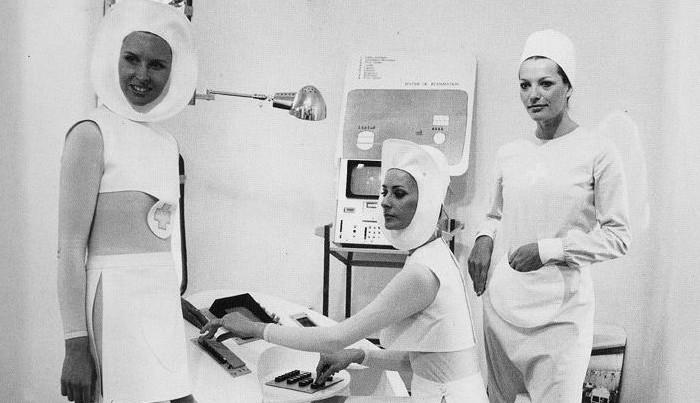If we don’t kill ourselves first and we probably will, the Posthuman Industrial Complex will ultimately become a going concern. I can’t say I’m sorry I’ll miss out on it.
Certainly establishing human colonies in space will change life or perhaps we’ll change life as a precursor to settling the final frontier. From Freeman Dyson:
Sometime in the next few hundred years, biotechnology will have advanced to the point where we can design and breed entire ecologies of living creatures adapted to survive in remote places away from Earth. I give the name Noah’s Ark culture to this style of space operation. A Noah’s Ark spacecraft is an object about the size and weight of an ostrich egg, containing living seeds with the genetic instructions for growing millions of species of microbes and plants and animals, including males and females of sexual species, adapted to live together and support one another in an alien environment.
There are also computational scientists among the techno-progressivists who are endeavoring, with the financial aid of their deep-pocketed Silicon Valley investors, to radically alter life down here, believing biology itself a design flaw. To such people, there are many questions and technology is the default answer.
In an excellent excerpt in the Guardian, To Be a Machine author Mark O’Connell explores the Transhumanisitic trend and its “profound metaphysical weirdness,” profiling the figures forging ahead with reverse brain engineering, neuroprostheses and emulations, who wish to reduce human beings to data. The opening:
Here’s what happens. You are lying on an operating table, fully conscious, but rendered otherwise insensible, otherwise incapable of movement. A humanoid machine appears at your side, bowing to its task with ceremonial formality. With a brisk sequence of motions, the machine removes a large panel of bone from the rear of your cranium, before carefully laying its fingers, fine and delicate as a spider’s legs, on the viscid surface of your brain. You may be experiencing some misgivings about the procedure at this point. Put them aside, if you can.
You’re in pretty deep with this thing; there’s no backing out now. With their high-resolution microscopic receptors, the machine fingers scan the chemical structure of your brain, transferring the data to a powerful computer on the other side of the operating table. They are sinking further into your cerebral matter now, these fingers, scanning deeper and deeper layers of neurons, building a three-dimensional map of their endlessly complex interrelations, all the while creating code to model this activity in the computer’s hardware. As the work proceeds, another mechanical appendage – less delicate, less careful – removes the scanned material to a biological waste container for later disposal. This is material you will no longer be needing.
At some point, you become aware that you are no longer present in your body. You observe – with sadness, or horror, or detached curiosity – the diminishing spasms of that body on the operating table, the last useless convulsions of a discontinued meat.
The animal life is over now. The machine life has begun.•
Tags: Mark O'Connell

